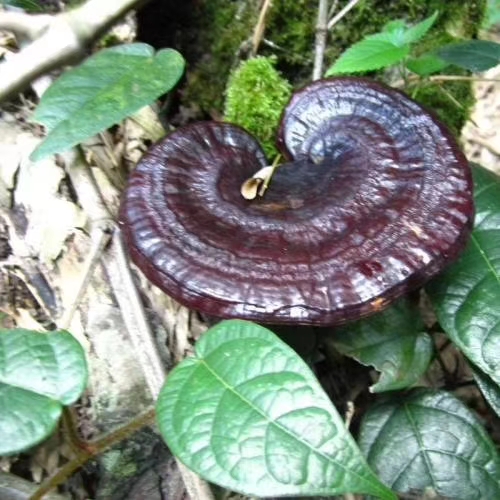Research papers
LIU Yiting, JIANG Xiaohan, YANG Chunyan, CHEN Jianhui, WANG Chezhao, LÜ Xiaomeng, YANG Zhikang, DENG Youjin, WU Xiaoping
Ganoderma lingzhi 13 is an excellent cultivated variety with superior agronomic character. The mononucleate strain, G. lingzhi 13-5, as assembled into a complete genome by three-generation HiFi sequencing and Hi-C sequencing, and five replicated bi-nucleate strains were subjected to high throughput sequencing by Illumina, and then the genome of G. lingzhi 13-5 was used as a reference for SNP calling to establish the molecular markers based on the whole genome of G. lingzhi 13. The genome contains 13 chromosomes with a total of 45.73 Mb. After the SNP calling of five replicate strains were de-emphasized and merged, 319 074 shared heterokaryotic allelic difference sites were obtained as a molecular marker library for the identification of G. lingzhi 13 strains. Seven post-fruiting strains were randomly selected from the strain library. It was found that the percentage of allelic difference sites of the post-fruiting strains shared with G. lingzhi 13 ranged from 22.20% to 45.18%, being far inferior to threshold value, indicating that these strains were different from G. lingzhi 13 and they were not the same strains. In this study, molecular markers based on the whole genome of G. lingzhi 13 and its heterokaryotic allelic differentiation sites were established, which can accurately differentiate G. lingzhi 13, a superior cultivated variety.
